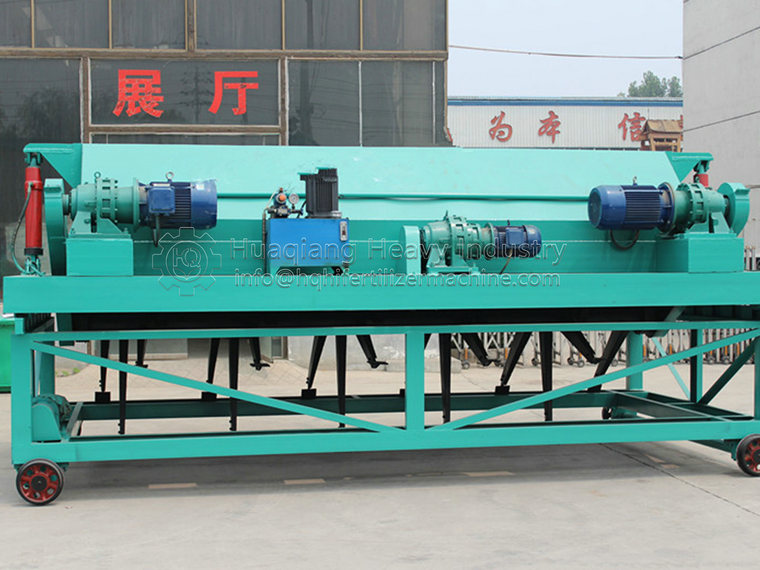Which granulator is required for processing fertilizers for crops and livestock manure, respectively
Due to certain differences in production processes, the selection of organic fertilizer production equipment needs to be tailored to meet one’s own needs. For example, straw organic fertilizer raw materials not only need to be crushed before fermentation, but also need to be crushed once before granulation to improve the quality of the finished product. After repeated crushing, the produced particles can ensure roundness and smoothness. At this time, two organic fertilizer crushers are needed for ease of operation. If animal manure is used as raw material, only one machine is needed.
Tank type fermentation is selected for cow manure fermentation. The tank type fermentation equipment operates stably and has a greater flipping depth, making it the first choice for large-scale organic fertilizer processing plants. The fermented materials are poured into the feeding bin using a forklift, which continuously and evenly feeds the fermented cow manure organic fertilizer raw materials into a semi wet material crusher. The materials are crushed by high-density blades through the crusher to obtain very fine cow manure organic fertilizer. The next step is to use a drum screening machine to screen out a small amount of large materials, thereby improving the quality of the finished organic fertilizer. The final step is to use an automatic packaging machine to pack into bags.
The process of making organic fertilizer particles from straw is slightly more complex. Generally, straw needs to be combined with animal manure to achieve better results. After mixing animal manure and straw, it needs to undergo about 20 days of high-temperature fermentation. During the fermentation process, it will kill bacteria and weed seeds in the raw material, and under the action of fermentation bacteria, it will breed a large number of beneficial bacteria, thereby improving the soil and providing nutrition for crops. The fermented raw materials need to be evenly crushed using a grinder. The finer the crushed material, the more conducive it is to the formation of particles. By using an organic fertilizer granulator, the crushed raw materials can be made into organic fertilizer particles,
The average daily production of an organic fertilizer production line with an annual output of 10000 tons needs to reach around 30 tons. When selecting equipment, it is important to pay attention to the working efficiency of a single organic fertilizer machine to avoid mismatches in equipment efficiency that may affect production.


.jpg)




.jpg)
